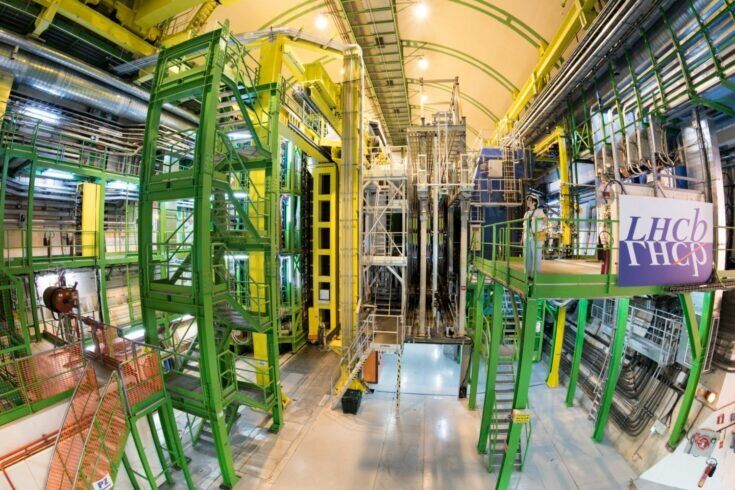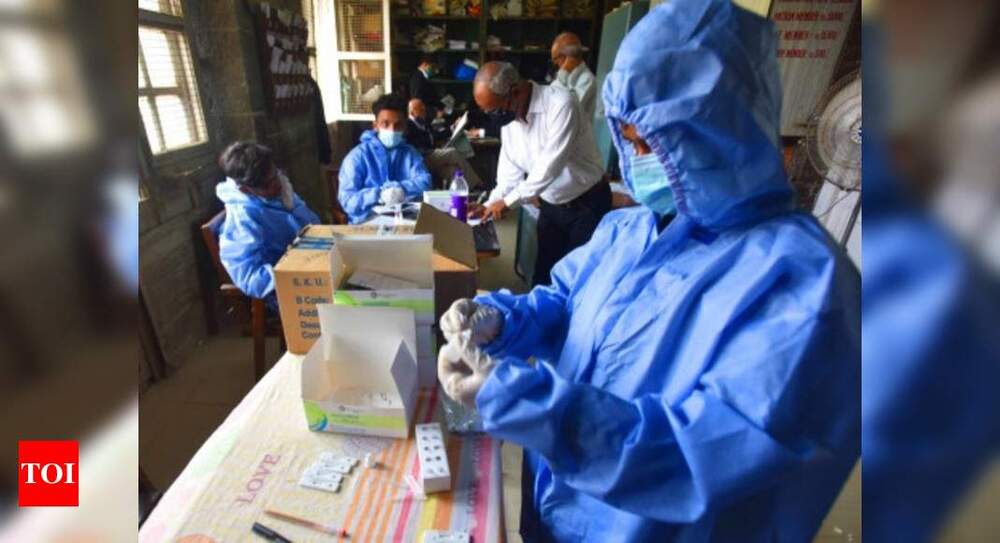Electric bicycles in the rugged moped style are all over the place these days, and for good reason. Unlike fitness e-bikes that are often used for a combination of exercise and leisure riding, electric mopeds are built mostly for good old fashioned getting around. And the Addmotor M-66 R7 moped fully embodies that design ethos. It’s a transportation e-bike that will have you zipping around your city faster than a car and cheaper than a public transport season ticket.







